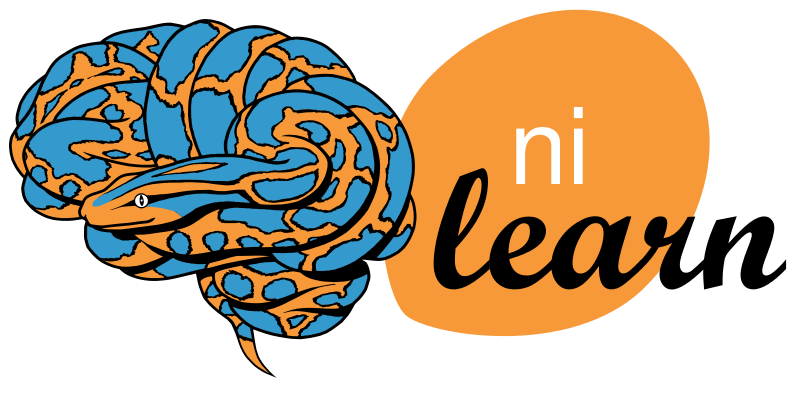Extracting signals of a probabilistic atlas of rest functional regions¶
This example extracts the signal on regions defined via a probabilistic atlas, to construct a functional connectome.
We use the MSDL atlas of functional regions in rest.
The key to extract signals is to use the
nilearn.input_data.NiftiMapsMasker that can transform nifti
objects to time series using a probabilistic atlas.
As the MSDL atlas comes with (x, y, z) MNI coordinates for the different regions, we can visualize the matrix as a graph of interaction in a brain. To avoid having too dense a graph, we represent only the 20% edges with the highest values.
Python source code: plot_probabilistic_atlas_extraction.py
from nilearn import datasets
atlas = datasets.fetch_msdl_atlas()
atlas_filename = atlas['maps']
# Load the labels
import numpy as np
csv_filename = atlas['labels']
# The recfromcsv function can load a csv file
labels = np.recfromcsv(csv_filename)
names = labels['name']
from nilearn.input_data import NiftiMapsMasker
masker = NiftiMapsMasker(maps_img=atlas_filename, standardize=True,
memory='nilearn_cache', verbose=5)
data = datasets.fetch_adhd(n_subjects=1)
# print basic dataset information
print('First subject resting-state nifti image (4D) is located at: %s' %
data.func[0])
time_series = masker.fit_transform(data.func[0],
confounds=data.confounds)
correlation_matrix = np.corrcoef(time_series.T)
# Display the correlation matrix
from matplotlib import pyplot as plt
plt.figure(figsize=(10, 10))
plt.imshow(correlation_matrix, interpolation="nearest")
# And display the labels
x_ticks = plt.xticks(range(len(names)), names, rotation=90)
y_ticks = plt.yticks(range(len(names)), names)
# And now display the corresponding graph
from nilearn import plotting
coords = np.vstack((labels['x'], labels['y'], labels['z'])).T
# We threshold to keep only the 20% of edges with the highest value
# because the graph is very dense
plotting.plot_connectome(correlation_matrix, coords,
edge_threshold="80%")
plt.show()
Total running time of the example: 0.00 seconds ( 0 minutes 0.00 seconds)
